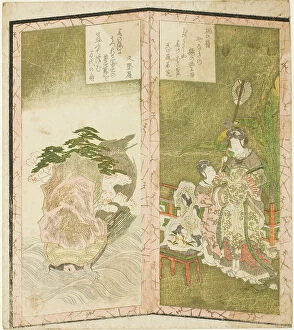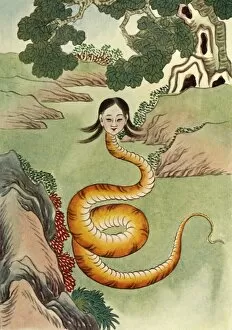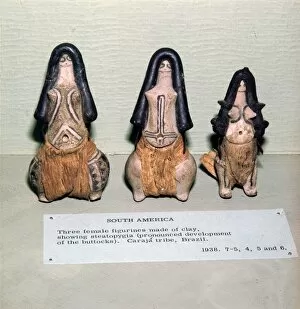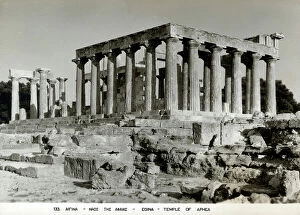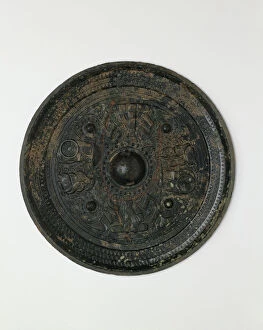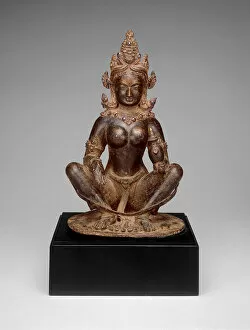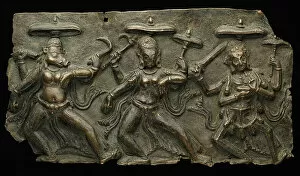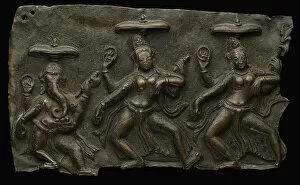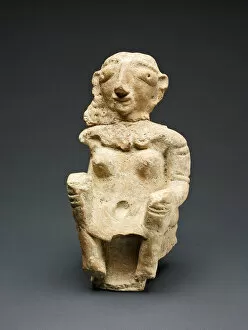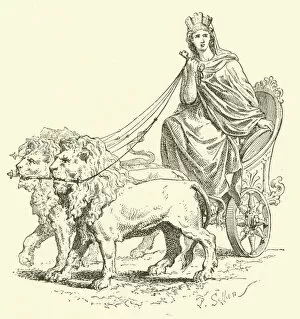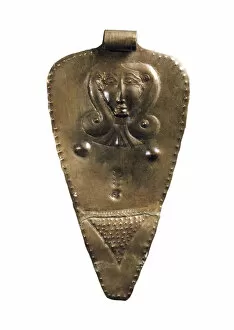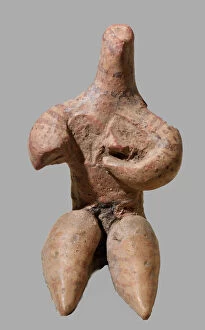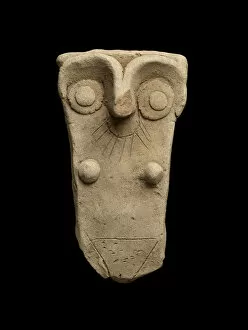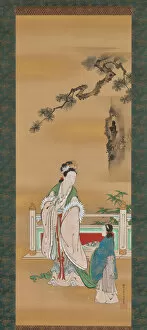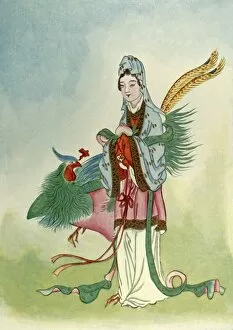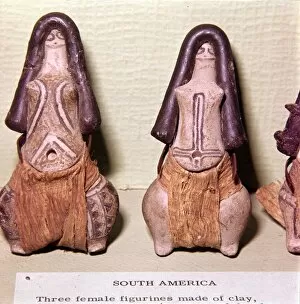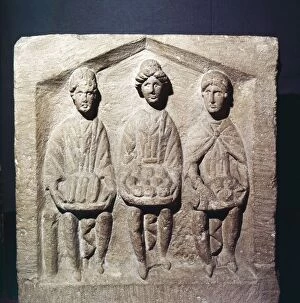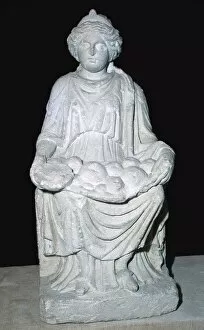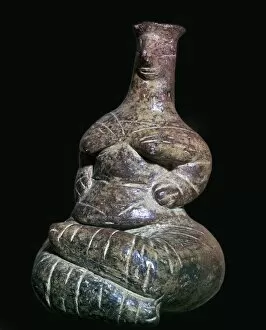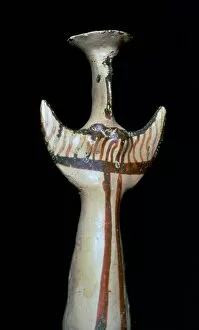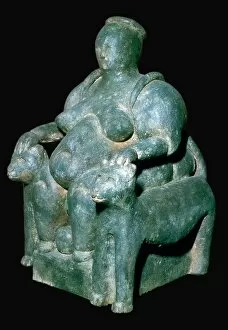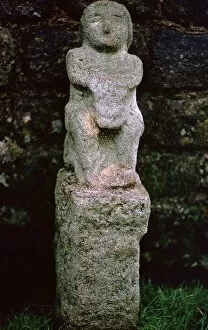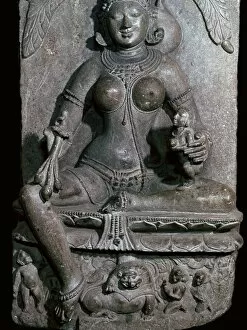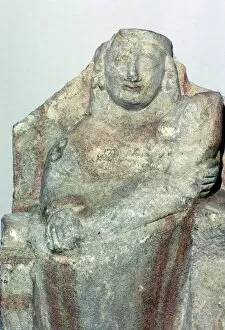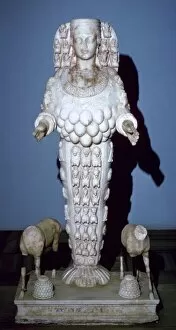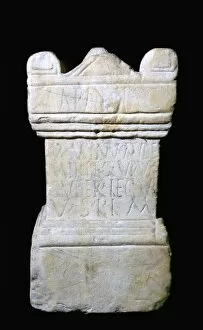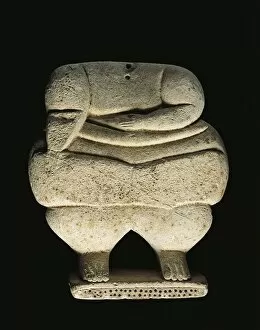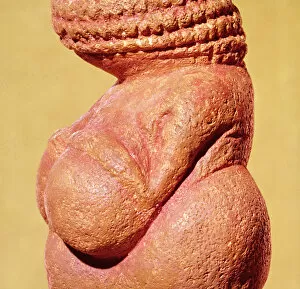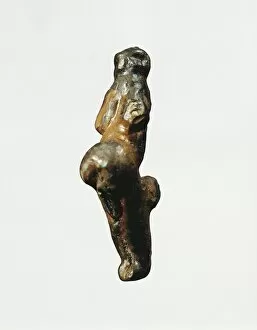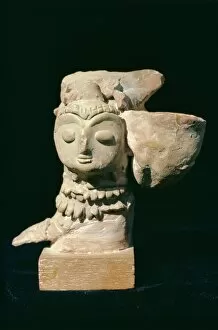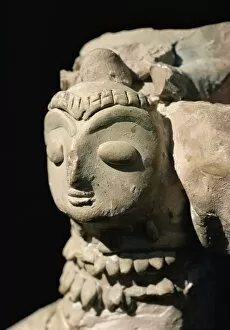Mother Goddess Collection
The concept of the "mother goddess" has been revered and depicted in various forms throughout history
For sale as Licensed Images
Choose your image, Select your licence and Download the media
The concept of the "mother goddess" has been revered and depicted in various forms throughout history. From ancient civilizations to more recent times, this powerful symbol of femininity and nurturing has captured the imagination of cultures worldwide. One such representation is a ceramic figurine from the 2nd century, showcasing a Mother Goddess seated in a chair while nursing a baby. This delicate artwork was discovered at The Temple of Aphaia in Aigina, Greece, highlighting the significance placed on motherhood within Greek mythology. Moving forward in time, we encounter the Nu Kua Shih sculpture from 1922. Created by an unknown artist, this depiction showcases another interpretation of the mother goddess figure. With its intricate details and craftsmanship, it serves as a testament to how this divine entity continues to inspire artists across generations. In Eastern Han dynasty China (A. D. 25-220), we find a mirror adorned with images of Daoist deities. Among them is an enigmatic portrayal of the mother goddess - her presence radiating strength and wisdom amidst celestial beings. Although created by an unknown artist during that era, this mirror reflects society's reverence for female deities. Fast-forwarding to medieval India, we come across Brahmani - a mother-goddess seated in yogic posture holding a water pot from the 13th century. This depiction emphasizes both her maternal nature and spiritual prowess—a harmonious blend celebrated within Hinduism. Further exploring Indian artistry are fragments depicting Matrika panels featuring Varahi, Kaumari, Chamunda - all embodiments of fierce feminine energy associated with different aspects of life's cycles. These fragments date back to either the 10th or 11th century when devotion towards these matrikas reached its peak. Traveling back even further through time brings us face-to-face with another seated Mother Goddess statue from around the 1st century—its creator remains unknown but left behind an enduring symbol of divine femininity.


